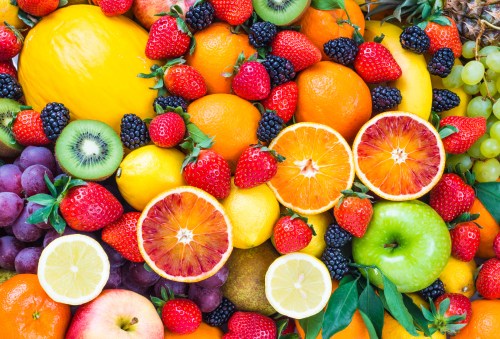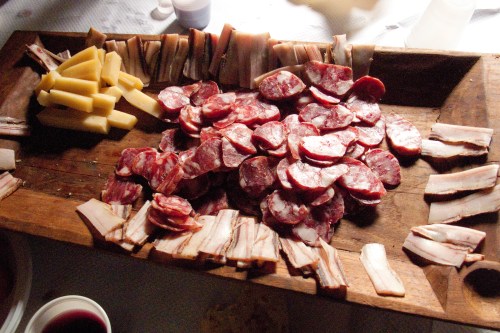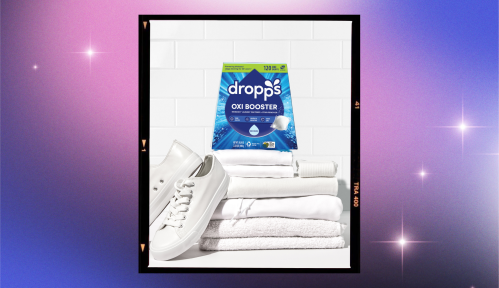Our editors independently select these products. Making a purchase through our links may earn Well+Good a commission
Everyone knows that half the fun of making holiday cookies is sneaking spoonfuls of the cookie dough. And actually, sometimes you just want to nosh on the dough and don’t even need the cookies, am I right? Here’s the thing though: traditional cookie dough tends to include raw eggs, which come with the risk of salmonella. (Fun!)
Experts in This Article
Justine Doiron is a recipe developer and the creative force behind The Snacks Shop.
Bless Justine Doiron, the creative force behind Justine Snacks, for gifting the world with a vegan edible cookie dough recipe that tastes just like your fave holiday sugar cookies (you know, before they make it to the oven). Doiron recently shared the recipe on her TikTok and Instagram and it’s incredibly simple. All you need is almond flour, cashew milk, salt, vanilla, and a little sugar.
When I reached out to Doiron to learn how she came up with the idea, she says it actually was a request straight from her followers. “When brainstorming this recipe, I wanted it to be incredibly simple, plus something that both my vegan and gluten-free followers could make. So this five-ingredient cookie dough was born,” she says.
In her experiments with edible cookie dough, Doiron says she learned first-hand that almond flour was the best to use. “Almond flour has this amazing ability to hold and absorb liquid in a way that other flours cannot,” she says. “It becomes a more tender texture, where I’ve noticed oat flour and coconut flour tend to be a bit drier. The almond flour lends itself to automatically creating a cookie dough consistency, which is why I love it for this recipe.” She’s similarly experimented with a lot of different alternative milks and found that cashew milk is the best bet here. “It has a neutral but sweet taste, which is why it works perfectly for this sugar cookie dupe,” she says.
When making this recipe, she has one pro tip to keep in mind: Even if it doesn’t seem like there’s enough liquid, trust the process and keep mixing. “Almond flour will absorb all the cashew milk gradually, and then you’ll be left with an amazingly scoopable dough,” she says.
The end result is a gluten-free, vegan edible cookie dough you can eat straight away, or package together and give them to a friend for a holiday gift that’s sweet—both literally and figuratively. Get the recipe below:
Vegan edible cookie dough
Ingredients:1 cup almond flour3 Tbsp granulated sugar1/4 cup cashew milk1/4 tsp vanillaPinch of salt
1. Mix all the ingredients together with a spoon.
2. Let it chill in the fridge until all the ingredients are molded together. Enjoy!
These gluten-free gingersnap cookies are a great holiday dessert too. Check out the video to see how to make them:
Join Well+Good’s Cook With Us Facebook group for more holiday recipe ideas.
Oh hi! You look like someone who loves free workouts, discounts for cult-fave wellness brands, and exclusive Well+Good content. Sign up for Well+, our online community of wellness insiders, and unlock your rewards instantly.
Sign Up for Our Daily Newsletter
Get all the latest in wellness, trends, food, fitness, beauty, and more delivered right to your inbox.
Got it, you've been added to our email list.











